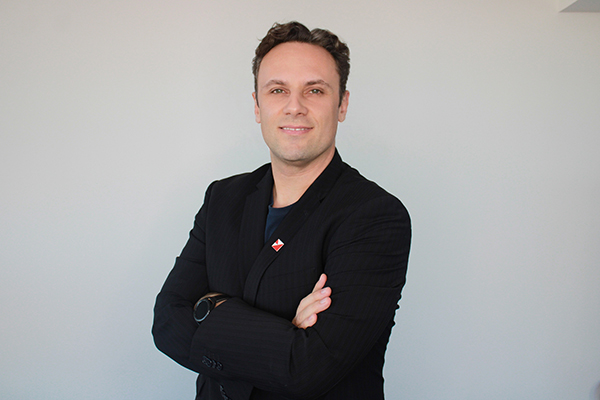When the entire mortgage industry saw volume drop by more than half in 2022, nearly every lender emerged with battle scars. Rising rates caused refinances to dry up, production plummeted, and pink slips were issued to employees.
Non-qualified mortgage (non-QM) wholesale lender A&D Mortgage, however, saw origination volume increase by more than 31% to $3.2 billion in 2022, up from the previous year’s $2.2 billion, largely due to improvement in tech that helped pick up market share from competitors, Max Slyusarchuk, CEO of A&D Mortgage, said in an interview with HousingWire.

“We continue investing in tech while it’s not that crazy busy. We are doing a lot of research and development in it and artificial intelligence,” Slyusarchuk said. “We believe that this is the time of opportunity because the rates can go up, but sooner or later, they will start coming down.”
The lender shifted from using third-party mortgage tech company software systems to developing its proprietary loan origination software, servicing software, pricing engine and customer relationship management system last year, Slyusarchuk said.
A&D is also in the final stages of its non-QM automated underwriting system, which will be distributed to broker partners in the coming months.
Last year was not easy for non-QMs as the Federal Reserve tightened its monetary policy. As rates rose, prepayment speed dropped, which, in turn, led to the extension of the life of the bond.
While investor bonds were scarce, A&D securitized its loans and sold the bonds, leading to seven securitization deals in 2022. The lender securitized four deals in 2021.
“Our credit committee actually works with rating agencies, investors and investment bankers to put together our own guidelines. We have our unique guidelines with our unique product,” Slyusarchuk said.
Out of $3.2 billion in origination volume in 2022, about $2.8 billion came from non-QMs last year – double the $1.3 billion non-QM origination volume for the Florida-based lender in 2021.
Despite higher origination volume, the company slashed 10% of its employees at the end of 2022 following a 30% increase in headcount the year prior.
It was A&D’s servicing portfolio that helped feed the business during the tough times in 2022, Slyusarchuk said.
The lender began servicing some investor loans in 2008, adding non-QM loans in 2015 and expanding to Fannie Mae loan servicing in 2017. It added Freddie Mac loans in 2019 and jumbo loans for JPMorgan Chase the following year.
In an effort to bring in more volume in 2023, the wholesale lender improved eligibility on all its non-QM programs early last month.
“We decreased the FICOs on certain products, increased loan-to-value (LTV) ratios on certain products, allowed some different income types, and allowed some mixed income types,” Slyusarchuk said.
Effective March 1, A&D is also giving brokers a 0.25 lender credit on non-QM purchase loans in the West Coast — namely Arizona, California, Oregon, Nevada and Washington. Valid until March 15, the broker will receive the lender credit of 0.25 bps toward closing costs at the time of the closing.
“We believe that non-QM should not suffer a loss in value as much as conventional because there are many alternative ways to qualify,” Slyusarchuk said. “We’re picking up some of the guys from conforming loans.”
In 2022, about 50% of its sales came from existing homeowners, 40% from investors and 10% from first-time buyers, according to A&D Mortgage. Bank statement and debt-service coverage ratio (DSCR) loans are its bread and butter, accounting for 40% and 30% of the total volume respectively last year.
“About one out of 10 guys say I still want to buy. Some buyers don’t qualify with their tax returns but with their bank statements, or asset depletion, they do qualify,” Slyusarchuk said. “So a [self-employed] borrower would get the loan now, because his wife really liked the house and would refinance later.”






